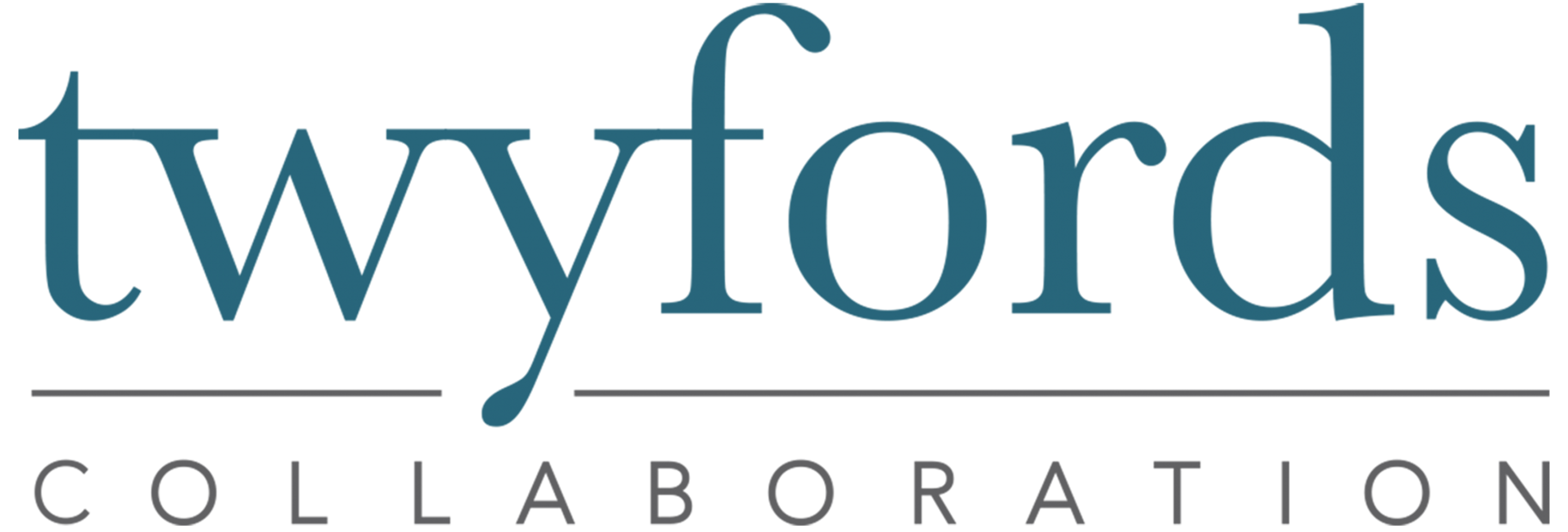To help people collaborate on hard problems my ‘Bible’ is the Power of Co collaborative pathway. Among other things it suggests that authentic collaboration requires that people get their fingerprints on the process. This means working together to design the collaborative process including governance and decision-making. Without co-designing this we risk doing collaboration ‘to’ our stakeholders rather than ‘with’ them.
How do we co-design? Here are three examples from my own practice.
Co-designing a working group
When working with community members on a difficult policy problem we struggled to apply a set of criteria to a number of potential options. It was difficult, taxing work but I wanted people to own the decisions so I pushed them hard. After struggling for the evening someone piped up and said “This is too hard. I think we need a working group to take this forward” at which point I celebrated discretely. I had wanted this approach but felt it important not to impose the process on the affected community. But with this widely supported suggestion the community had made a great call on process. Right then and there I called for nominations and before the night was over we had ourselves a working group that everyone owned and that proved essential over many months of hard work. Because the community’s fingerprints were on the process they had more trust in the outcomes.
Managing an angry meeting
I was asked by a local government client to facilitate a public meeting focussed on a contentious urban development proposal. Everyone knew there would be fireworks and Council was looking to me to somehow stop people being angry at them. Having never discovered that magic trick I did the next best thing and asked for contact details for some key community leaders and activists. I rang them and introduced myself and explained my dilemma as the facilitator of next week’s meeting, i.e. I expected people to be passionate and at the same time I wanted to ensure the meeting was as useful as possible for everyone. I asked for their advice on the agenda and how best to manage the meeting. We talked it over and I got some helpful suggestions. When the meeting kicked off I was able to publicly thank people for their input and advice and with the agenda I was able to demonstrate that I had listened, that they had in fact help me design the session. Importantly this reduced the sense that I was there to ‘control the crowd’ and it definitely helped us have a more useful meeting.
Getting out of the steamroller
I was asked by a government client to help design and run a collaborative workshop where departmental staff wanted to work with two organisations who had received grant funding. The aim was to work together to polish their project plans and evaluation frameworks. Seemed like a great bit of collaboration. Then in the interest of co-designing the session I set up a couple of meetings with the two recipient organisations to get their input on the day. As it turns out, in both cases the very thought of “another workshop!” was anathema. Logistically it was very challenging for them both and they felt unclear about why it was necessary. With that strong feedback we were then able to redesign the approach so that the workshops weren’t needed. Had we not invited them in to the co-design question, the department, with the best collaborative intention, might have ‘invited’ them to a workshop in a way that risked them feeling like being run over by the collaboration steam roller. With co-design we got a great process that suited everyone.
Three stories of co-design, each quite different. The key is to ensure their fingerprints are on the process and to look for opportunities to make that possible. Good luck!
For much more on co-designing governance and decision-making, take a look at our book The Power of Co. The smart leader’s guide to collaborative governance. Available on Kindle.
